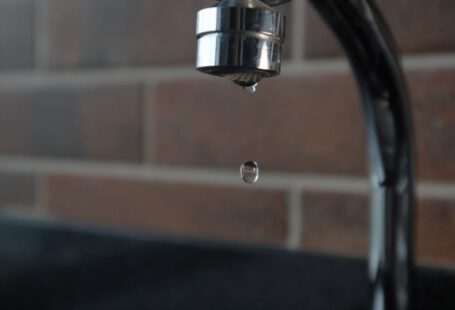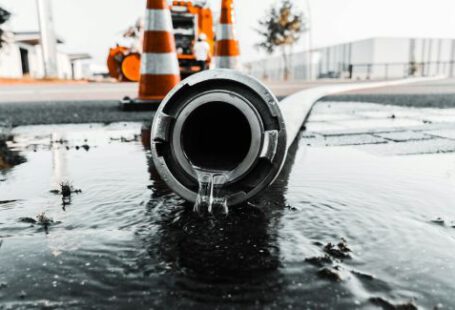Plumbing is an essential aspect of any building, be it a residential or commercial space. It ensures the smooth flow of water and efficient drainage systems. Over the years, there have been significant advancements in plumbing materials, with the introduction of new materials that promise improved durability, functionality, and sustainability. In this article, we will explore some of these new materials and discuss their benefits and drawbacks.
Copper: A Classic Choice
Copper has been a popular choice for plumbing systems for decades, and for good reason. Its natural antimicrobial properties make it resistant to bacteria growth, ensuring clean and safe water. Copper pipes are also highly durable and have a long lifespan. However, copper can be expensive and prone to corrosion in certain water conditions, leading to leaks and other issues.
PVC: Affordable and Versatile
Polyvinyl chloride (PVC) pipes have become increasingly popular due to their affordability and versatility. They are lightweight, making them easy to install, and have a smooth inner surface that reduces friction and prevents clogs. PVC pipes are also resistant to corrosion and chemical degradation. However, they are less durable compared to copper and can crack under extreme temperatures.
PEX: Flexible and Efficient
Cross-linked polyethylene (PEX) pipes have gained traction in recent years for their flexibility and efficiency. PEX is highly resistant to freezing and bursting, making it ideal for cold climates. Its flexibility allows for easy installation around corners and obstacles, reducing the need for joints and potential leak points. PEX pipes are also less expensive than copper and do not require soldering. However, concerns about the long-term effects of PEX on water quality and the environment remain.
Stainless Steel: Durability at Its Finest
Stainless steel pipes offer exceptional durability and corrosion resistance, making them suitable for a wide range of plumbing applications. They are highly resistant to high temperatures and pressure, making them ideal for hot water systems. Stainless steel pipes also have a smooth inner surface, minimizing the risk of bacterial growth and maintaining water quality. Despite their many advantages, stainless steel pipes can be costly and require specialized tools and skills for installation.
CPVC: Heat-Resistant and Reliable
Chlorinated polyvinyl chloride (CPVC) pipes are an excellent choice for hot water supply lines. CPVC can withstand high temperatures and pressure, making it suitable for both residential and commercial applications. Similar to PVC, CPVC pipes are easy to install, lightweight, and resistant to corrosion. However, CPVC is not recommended for outdoor use as it degrades when exposed to sunlight.
Conclusion: Choosing the Right Material for Your Plumbing Needs
When it comes to selecting the right materials for your plumbing system, several factors should be considered. These include cost, durability, ease of installation, and compatibility with your specific plumbing requirements. While copper has stood the test of time, newer materials like PVC, PEX, stainless steel, and CPVC offer unique benefits and can be more cost-effective alternatives.
Ultimately, the best material for your plumbing needs will depend on your budget, environment, and personal preferences. It is advisable to consult with a professional plumber who can assess your specific requirements and guide you in making an informed decision. With the advancements in plumbing materials, there is now a wide range of options available to ensure efficient and reliable plumbing systems in any building.



